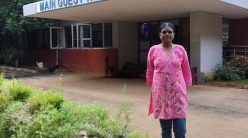The Photography Club is a forum for students to learn the craft from their peers
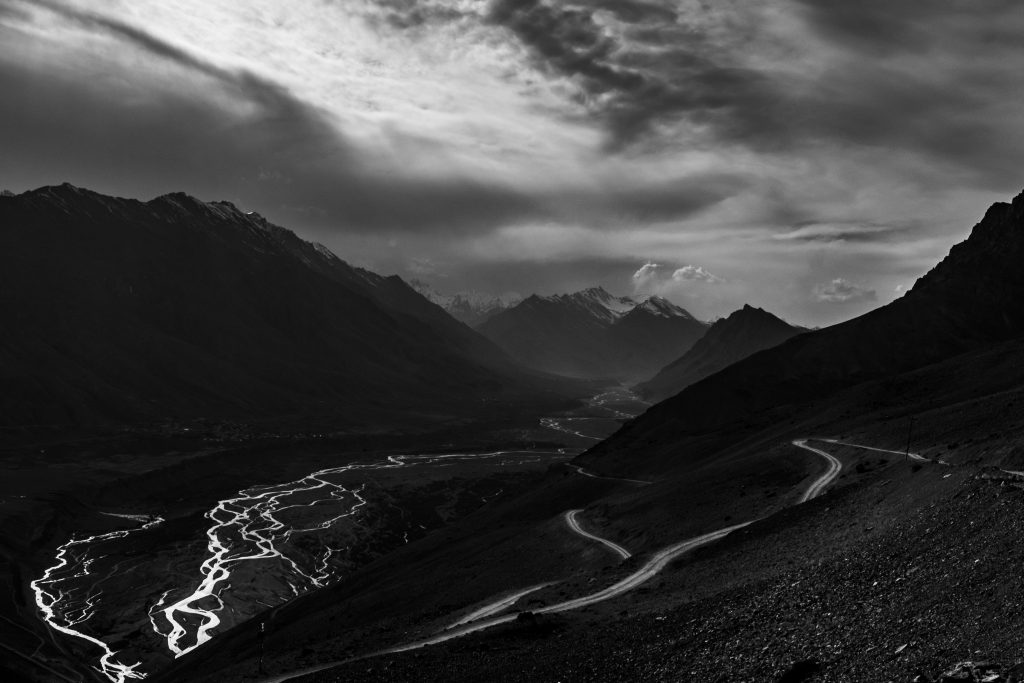
(Photo courtesy: Photography Club)
During the orientation programme marking the start of the 2012–13 academic year at the Department of Computer Science and Automation (CSA), faculty member Chiranjib Bhattacharyya spoke to the incoming PhD students. In the course of this interaction, he told them why it was important for research students to also pursue extracurricular activities. One of the students in the audience was Abhiruk Lahiri, now a postdoctoral researcher at Charles University in the Czech Republic. Already a passionate amateur photographer, the new PhD student took the words of Chiranjib, currently the Chair of the Department, to heart.
Abhiruk soon learnt that IISc used to have a photography club back in the 1990s and early 2000s — the webpage still existed on the Physics Department website. One of the members of the club had been Chiranjib himself, who was then doing his PhD in the CSA Department. The club, however, was defunct by the time Abhiruk joined IISc. What remained were some pieces of photography equipment from the pre-digital era and a darkroom in the old Physics building (which now houses the undergraduate labs).
It was then that Abhiruk stumbled upon a Facebook group called “Photography Lovers @ IISc Bangalore” where photographs were being shared by IISc students. “I started contributing to their page. That’s how I met some people, including two accomplished photographers who joined as PhD students soon after I did: Manuj Mukherjee, from the Department of Electrical Communications Engineering, and Shounak Roy, from the Department of Electronic Systems Engineering.” Abhirukh and Shounak were already acquainted with each other — their paths had crossed during their photography days in Kolkata.
“Quite a few of them have won awards and received recognition for their photography outside IISc as well. This gave us a lot of satisfaction”
By the time Abhiruk met Shounak and Manuj in IISc, the two new students had run into each other and werebonding over their shared passion. “Manuj used to shoot a lot of landscape photographs and I was into street photography,” recalls Shounak, who now works for a tech firm in Bangalore.
A new avatar
Though they were sharing their photographs on the online group, Abhiruk, Manuj and Shounak felt that it did not provide them with an opportunity to work on their skills. “There was not much knowledge exchange,” says Abhiruk. “I too was disappointed with the Facebook group,” laments Shounak.
“In 2015, the three of us, along with a couple of our juniors — Sangram Biswas and Subham Dutta Chowdhury [both PhD students from the Physics Department] — started thinking more seriously about photography,” says Shounak. “We decided to start our own Photography Club.”
And so, they did. The new club included the five of them as well as a few members from the Photography Lovers group like Chirantan Pramanik and Ruby Saha, who were then PhD students at the Centre for Earth Sciences. The club soon expanded as they organised more activities on campus (the conveners of the newly formed club also eventually started managing the Facebook group).
Exhibitions
Before the club was established, photography exhibitions were held now and then. “But the choosing of photographs was a bit ad hoc,” says Abhiruk. Shounak also remembers not being too impressed by these exhibitions. “They were not particularly well-curated.”
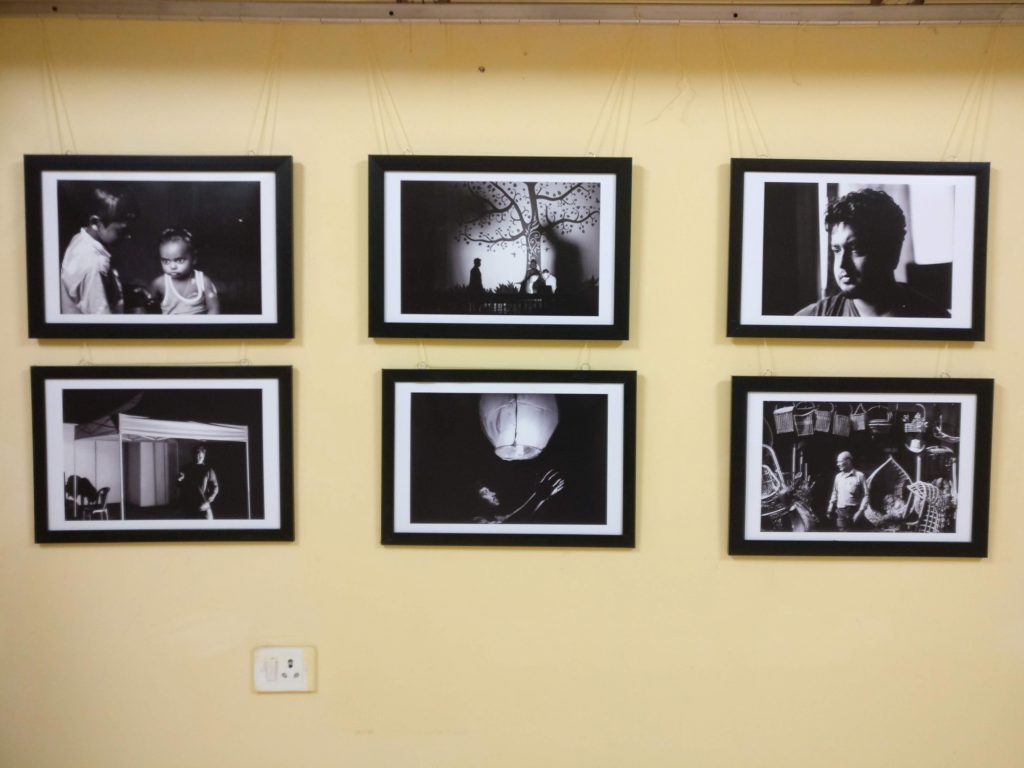
(Photo courtesy: Photography Club)
“We therefore decided that we’ll have our own members shoot over a year and then exhibit their work,” says Abhiruk. This, however, meant excluding people who were not part of the club from showcasing their photography skills. So the club decided to have two week-long exhibitions during the course of the year: the first would be exclusively for their members, and the second would be open to all members of the IISc community (in recent years, the second exhibition has also been thrown open to students from the National Centre for Biological Sciences and the Jawaharlal Nehru Centre for Advanced Scientific Research). While the first exhibition was to be curated internally by the members of the club, the second would have external judges.
But money was an issue – the fee collected from members of the club was not sufficient to cover the cost of organising exhibitions. “So participants whose photographs were selected to be exhibited in the open exhibition pay a fee. But we didn’t collect any money from the Photography Club members since they already pay the membership fee,” says Shounak.
Workshops
Once the first set of exhibitions was held successfully, it became a regular feature in the calendar of the Photography Club. And so too did workshops to help students learn the art and science of photography.
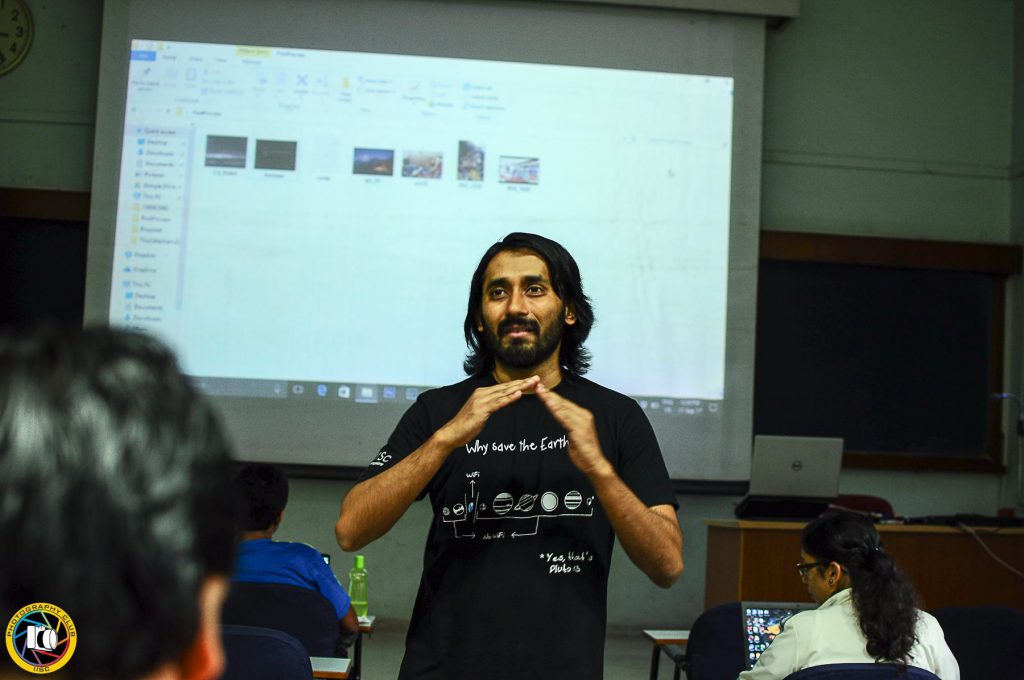
(Photo courtesy: Photography Club)
“Many of them who attended the exhibitions were keen to learn photography,” says Abhiruk. So the club decided to have a photography workshop. “Fortunately, Manuj already had this experience — he was part of theJadhavpur University Photography Club before he came to IISc.”
According to Abhiruk, in the early days, the club was a bit ambitious with the workshops. “We tried to dump all our knowledge on the workshop participants.” The senior members eventually decided on having practical sessions to complement the theory classes. And to end with a post-processing class using photographs shot by the workshop participants during the practical sessions.
Anindya Datta, a PhD student at the Department of Aerospace Engineering and a member of the Photography Club, fondly recalls the workshop he attended in 2020-21, just before the COVID-19 pandemic struck. “In the first theory class, we talked about the evolution of cameras and the technical aspects of photography — shutter speed, aperture, etc.” Anindya says that in the class that followed, the discussion was on the aesthetic aspects of photography like composition and the dissection of popular photographs of well-known photographers.
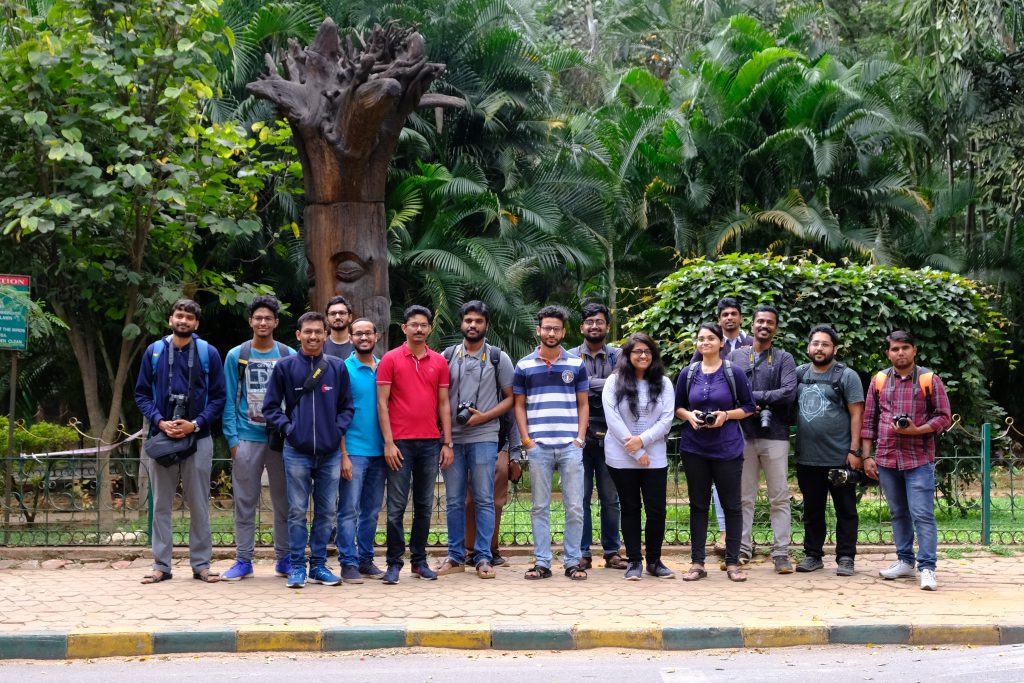
(Photo courtesy: Photography Club)
The goal of the first practical session, usually held on the IISc campus, was to make those who were new to photography comfortable with a DSLR (Digital Single-lens Reflex) camera and give them an opportunity to “play around with technical specifications.” “We were told not to use the automatic mode,” Anindya says. The second practical session which focused on composition was held at Cubbon Park for Anindya’s batch. After the two practical sessions, Anindya and the rest of the participants were introduced to the idea of editing photographs. Following this class, members of the club organised a landscape photography session in Skandagiri hills outside Bangalore and street photography sessions within the city. Places like Shivajinagar, Pottery Town and KR Market are popular destinations among members of the club to practice this style of candid photography, according to him.
Growing as photographers
Atanu Dolai, who joined IISc as a Master’s student in 2015 and is now a PhD student in the Mechanical Engineering Department, says that he is one of those people whose photography skills benefited enormously by being part of the club. “When I came to IISc, I had a DSLR, but did not know much about composition or other artistic aspects of photography. Then I started following the work of people like Manuj and Abhiruk.” Atanu officially joined the club only in 2017 after he started his PhD. He began to travel around Karnataka to places like Kudremukh and Hampi to practice his skills. “When I returned, we would discuss my photographs — is it good, is it bad, how to improve it. And then I learnt post-processing techniques from Sangram. So I started as a novice and grew into a much better photographer,” says Atanu, who went on to become the convener of the club in 2020-21.
“So I started as a novice and grew into a much better photographer”
Like Atanu, Sayan Sen Gupta, a PhD student from Electrical Communications Engineering, developed his skills as a photographer after he joined the club. But unlike Atanu, Sayan joined the club because of peer pressure. “I used to hang out with people who were part of the club and I used to get left out of their activities. So because of that motivation, I started attending the training sessions,” he says in jest. Sayan, who “doesn’t like to travel much,” would however go to KR Market, a large wholesale market in the city, early in the mornings to develop his street photography skills. “Another hobby I picked up was taking macro photographs of insects.” Sayan too went on to become a convener of the club.
Abhiruk is happy for the success of the alumni and current members of the club, many of whom had not held a DSLR before joining it. “After learning from us, they reached a stage when they could actually teach us things. Quite a few of them have won awards and received recognition for their photography outside IISc as well. This gave us a lot of satisfaction.”
Mental wellbeing
Besides helping him and others become better photographers, Abhiruk believes that being part of the club gave him mental and emotional support, particularly when he felt that his research was not moving forward. “When I did photography, even for an hour or two, it gave me results and gave me positive feedback immediately unlike my research. This really helped me continue my regular work.”
Abhiruk recalls the words of Chiranjib at the 2012-13 orientation for new students. “Chiru said that inculcating hobbies outside our research was important for our mental health. When I look back now, I think he was right — photography helped me keep going. I guess this is true for many others as well whether they pursued photography or some other art.”




